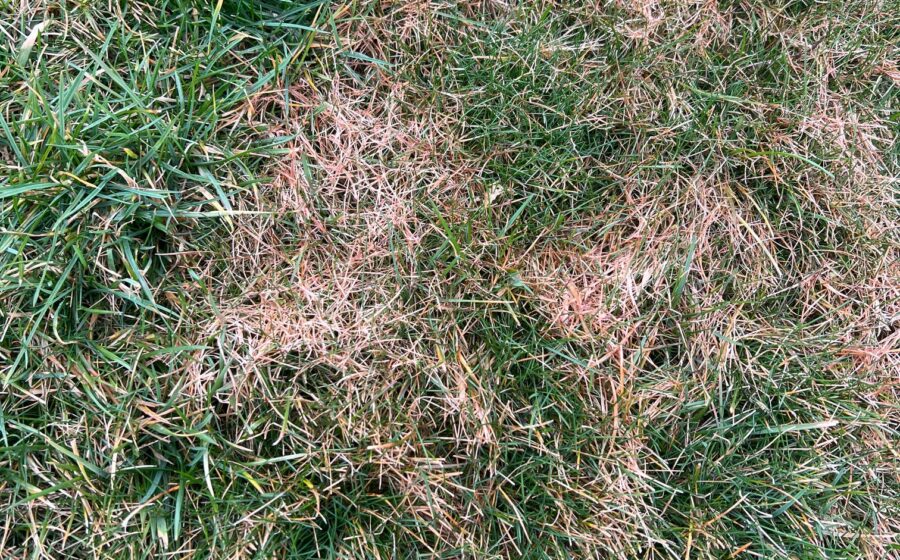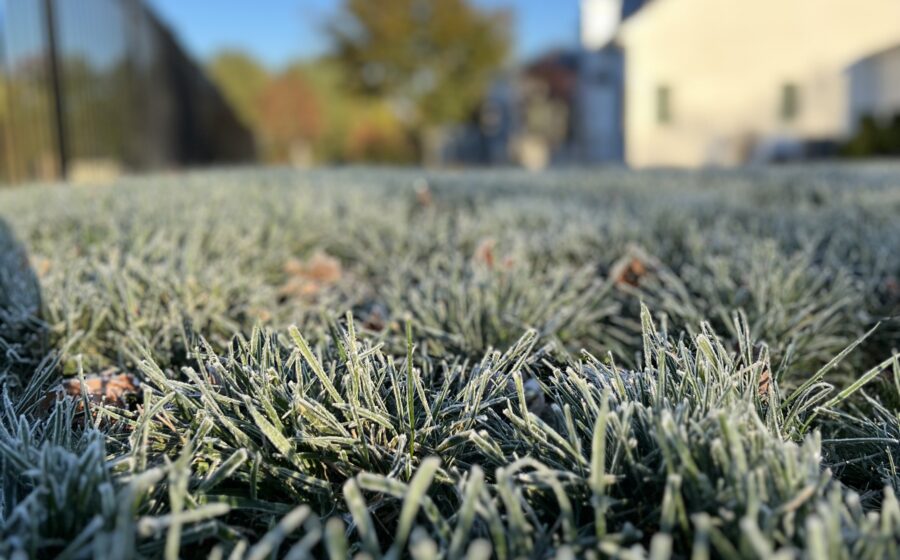- (610) 507.8873
- contact@stoutlawncare.com
Understanding Common Turf Disease
Common Cool-Season Grass Diseases:
- Red Thread: This fungal disease is notorious for its reddish-pink threads that give infected grass blades a distinctive appearance. It thrives in cool, moist conditions, often making an appearance in early spring or late fall.
- Dollar Spot: Characterized by small, circular patches of bleached or tan-colored grass, Dollar Spot is another common cool-season disease. It tends to emerge during periods of high humidity and inadequate nitrogen levels.
- Snow Mold: As the name suggests, Snow Mold typically occurs in areas where snow cover persists for an extended period. It presents as circular patches of matted, straw-colored grass, often with a white or pinkish fungal growth.
How to Protect your lawn:
Cultural Practices: Maintain proper lawn care practices, including regular mowing, adequate watering, and appropriate fertilization. Healthy turf is more resilient to diseases.
Rotate Fungicides: If necessary, utilize fungicides to control the spread of diseases. Rotate between different types of fungicides to prevent the development of resistance.
Improve Air Circulation: Promote air circulation by pruning trees and shrubs, as well as avoiding excessive thatch buildup. This helps reduce humidity and create an environment less favorable to fungal diseases. Aeration in our area typically does the trick as our cool season grasses do not create as much thatch as warm season grasses.
Monitor Moisture Levels: Be mindful of watering practices, ensuring that your lawn receives enough moisture without becoming waterlogged. Proper drainage is essential to prevent the onset of diseases like Red Thread and Dollar Spot.
Early Detection: Keep a close eye on your lawn for any signs of disease, such as discolored patches or unusual growth. Early detection allows for prompt action and better control of the situation.
By implementing these strategies, you can safeguard your cool-season grass from the threat of diseases and maintain a lush, healthy lawn year-round. Remember, proactive management is key to keeping your turf in tip-top shape!
Winter Turf Care
Taking care of your lawn in winter, especially in cooler climates, is essential for maintaining its health. Here are some tips specifically tailored for our cool-season turf:
- Keep the Lawn Clean: Ensure the lawn is free of heavy snow for extended periods. Prolonged snow cover can invite diseases like snow mold.
- Limit Foot Traffic: Try to avoid walking on frozen grass as it can damage the blades. It’s more susceptible to breaking when frozen.
- Watering: Your lawn might still need watering in winter, especially if there’s a dry spell. Water during the warmest part of the day to avoid freezing.
- Snow Removal: If snow does accumulate, gently remove it from the lawn to prevent compacting the grass.
- Monitor for Diseases: Keep an eye out for snow mold and other diseases that might develop during winter. Proper lawn care practices can help prevent these issues.



